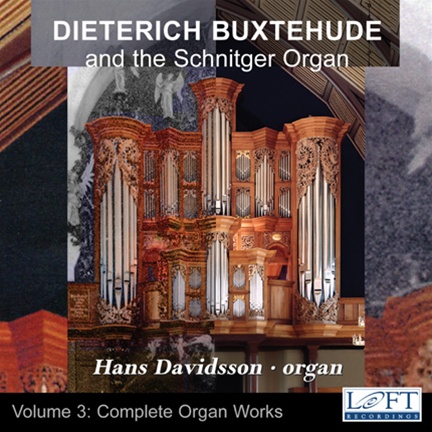 A Question of Temperament
A Question of TemperamentTemperaments have an enormous impact of the sound and interpretation of music, particularly music for keyboards. As the name implies, temperaments describe ways in which pitches are tempered, or mis-tuned so that the instrument can be used to play music in a wider variety of keys.
More specifically, temperaments deal with some specific mathematical problems which prevent a keyboard instrument from ever being perfectly in tune with itself. A temperament which has perfectly tuned fifths cannot also have perfectly tuned major thirds, for example. Some fifths must be “narrowed” (made flat) to allow for better major thirds, or the thirds have to be widened (made sharp) to allow for better fifths. Some temperaments favor fifths, and others favor purely tuned major thirds. In either case, some intervals must be “tempered”, hence the term “temperament.”
In equal temperament, used commonly for pianos today, all fifths are equally narrowed (made flat) by a small amount, and all major thirds are equally wide (made sharp) but by a larger amount. The approach of tempering fifths equally is a characteristic of mean-tone temperament, which uses the term “mean” to indicate averaging, or equalizing. Equal temperament is rather bland and rather useful for the same reason: all keys sound alike, and every chord of every key is equally out of tune. We’ve gotten used to it!
Tempering of a series of fifths by equal amounts can be applied to a subset of all the fifths. In the case of quarter-comma mean tone temperament, the most commonly-used fifths, which outline the triads of C, D, F, and G, are equally narrowed. In fact, they are narrowed enough so that the major thirds of these triads (E in C-major, for example) can be tuned pure. The remaining pitches in the octave are tuned as pure thirds as well, creating a temperament which strongly favors the sound of a purely tuned third.
When a pure third is played on a large organ, many pitches of many pipe ranks reinforce the harmonic series of many other pipes, and the resulting sound is harmonious in a way that is unique to modern ears. The effect of reinforcing specific harmonics exactly causes a change in the perceived timbre of the sound. The organ, which naturally sustains pitches at the same intensity and volume, amplifies the effect and sonic impact of these reinforced harmonics. The power of this “harmonious” sound, with the physics and the mathematics behind it, determined many ideas about cosmology and spirituality, which are often represented in the composition of the music itself. Although cosmology and composition might seem to be abstract concepts, the change in the nature of organ sound can be readily experienced by the average listener.
Other characteristics
Mean tone gives composers devices for creating expressive works that are inexorably tied to the temperament. For example, on quarter-comma mean tone organs, there are two different sizes of half-step intervals. The interval of F to F# is small, and the interval between A and B-flat is larger. Special effects can be created by crafting a musical theme which ascends or descends through the scale chromatically, shifting back and forth between large and small minor seconds.
The use a sharp accidental or flat accidental in the score can also assert a significant effect in the harmonic progression---effects which simply do not exist on a modern equal-tempered instrument. The extensive use of chromatic pitches on a mean tone organ can give the composer or improviser tools for truly bizarre, and shocking chord progressions, or ones that are strangely beautiful.
Limitations with quarter-comma mean tone temperaments
The most significant problem with quarter-comma meantone is the limitation imposed by the number of keys per octave. Each sharp key (as in “the black notes of a standard piano”) is tuned to be either a sharp (ie. A-sharp) or a flat (B-flat), then it cannot be used for both. One would like to have access to pure versions of both pitches so that when the music calls for an A-sharp, you can play one, and when the music calls for a B-flat, you can play that as well.
For a period of time, this problem was addressed through the use of subsemitones – a second set of raised keys that were higher than the standard sharps, and placed slightly rearward (away from the organist). Through the use of subsemitone keys, additional pitches can be available, making a mean tone organ playable in more keys. However, additional keys on the manuals and pedals of the organ requires many more pipes, and considerably increased complexity for the organist.

No comments:
Post a Comment